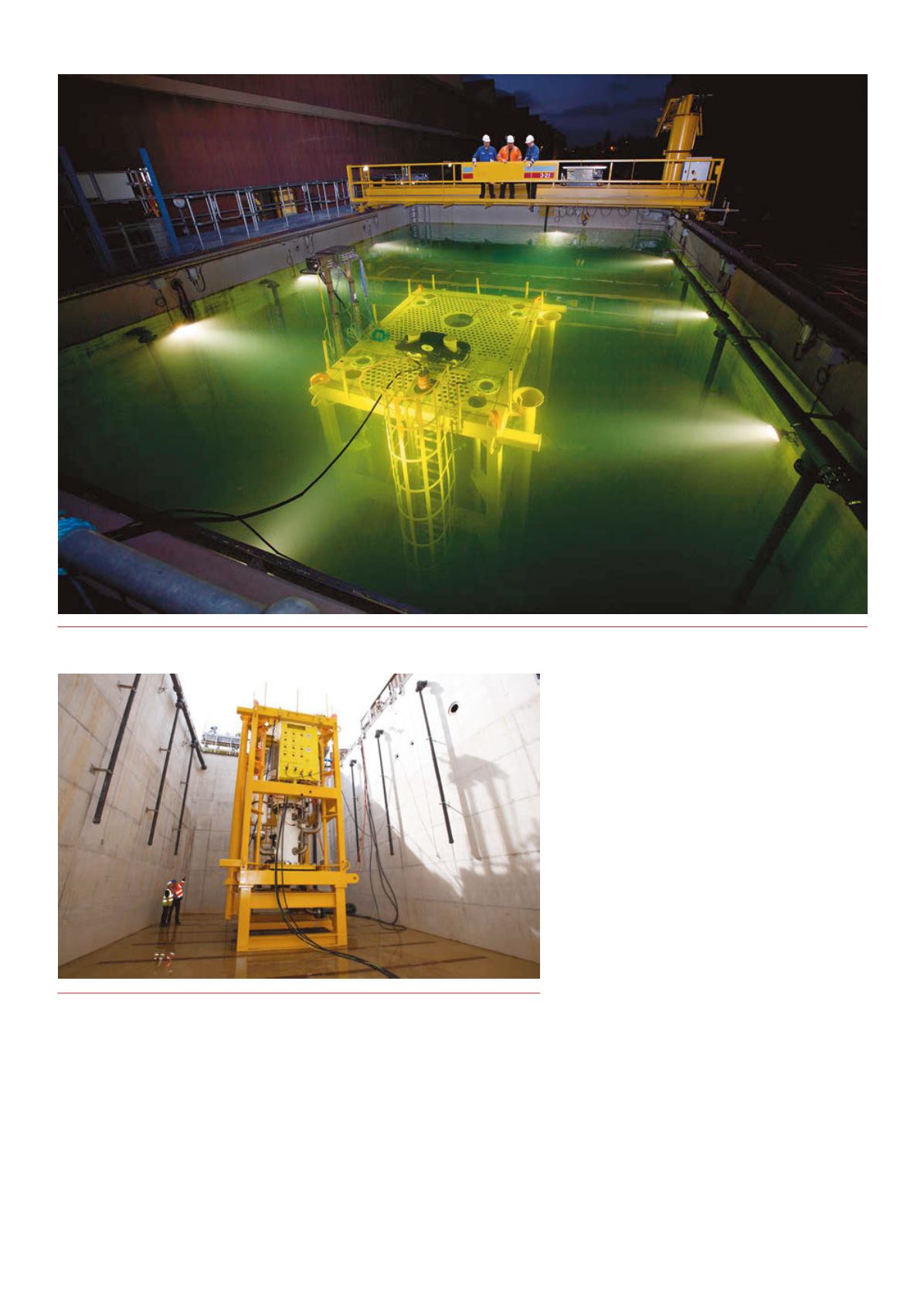
60 |
Oilfield Technology
December
2014
multiphase pump system as part of a vision to create a full
processing system on the seabed.
Subsea processing and subsea pump systems are playing
an increasingly important role in the improvement of recovery
rates and profitability for operators, becoming an economic
enabler for projects that might not move forward otherwise.
The boosting and separation technology used in subsea
processing has already proved to dramatically increase
production rates, and gas compression is
expected to be proven shortly through subsea gas
compression projects in the North Sea. What has
also become clear is there are numerous projects
that would not proceed economically without the
benefits of subsea boosting and/or processing.
Among increased oil recovery (IOR)
techniques, installing subsea pumps outside
the wellbore constitutes a lower risk than
other alternatives, including downhole electric
submersible pumps (ESPs). Subsea multiphase
pumps improve production economics by
reducing backpressure on the reservoir, which
increases flowrates and total recoverable
reserves. Multiphase pumps have a wide
operating envelope and are suitable for a wide
range of conditions providing the flexibility
needed for life of field operation. The value
proposition for subsea pumps is valid for new
fields as well as for mature fields.
The potential rewards are clear. The Research Partnership
to Secure Energy for America (RPSEA) has calculated that in a
typical Paleogene field in the Gulf of Mexico, producers might
expect to naturally recover 7 ‑ 10% of its hydrocarbons without
the benefit of any subsea processing. By installing a boosting
pump, however, that rate of recovery can potentially double,
and with subsea water injection, recovery can increase by
another 7%.
Figure 2.
Pumpmodule fully assembled indry test pit.
Figure 1.
All tests are performed in submerged conditions.


